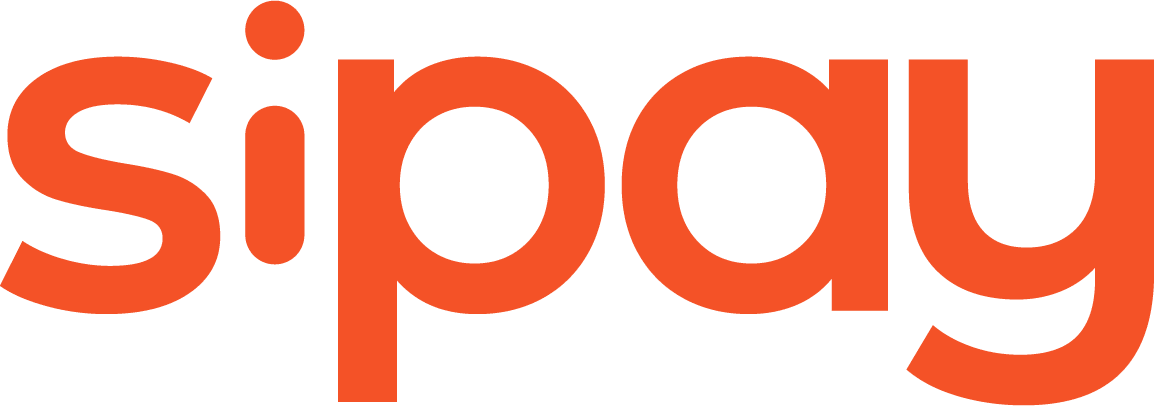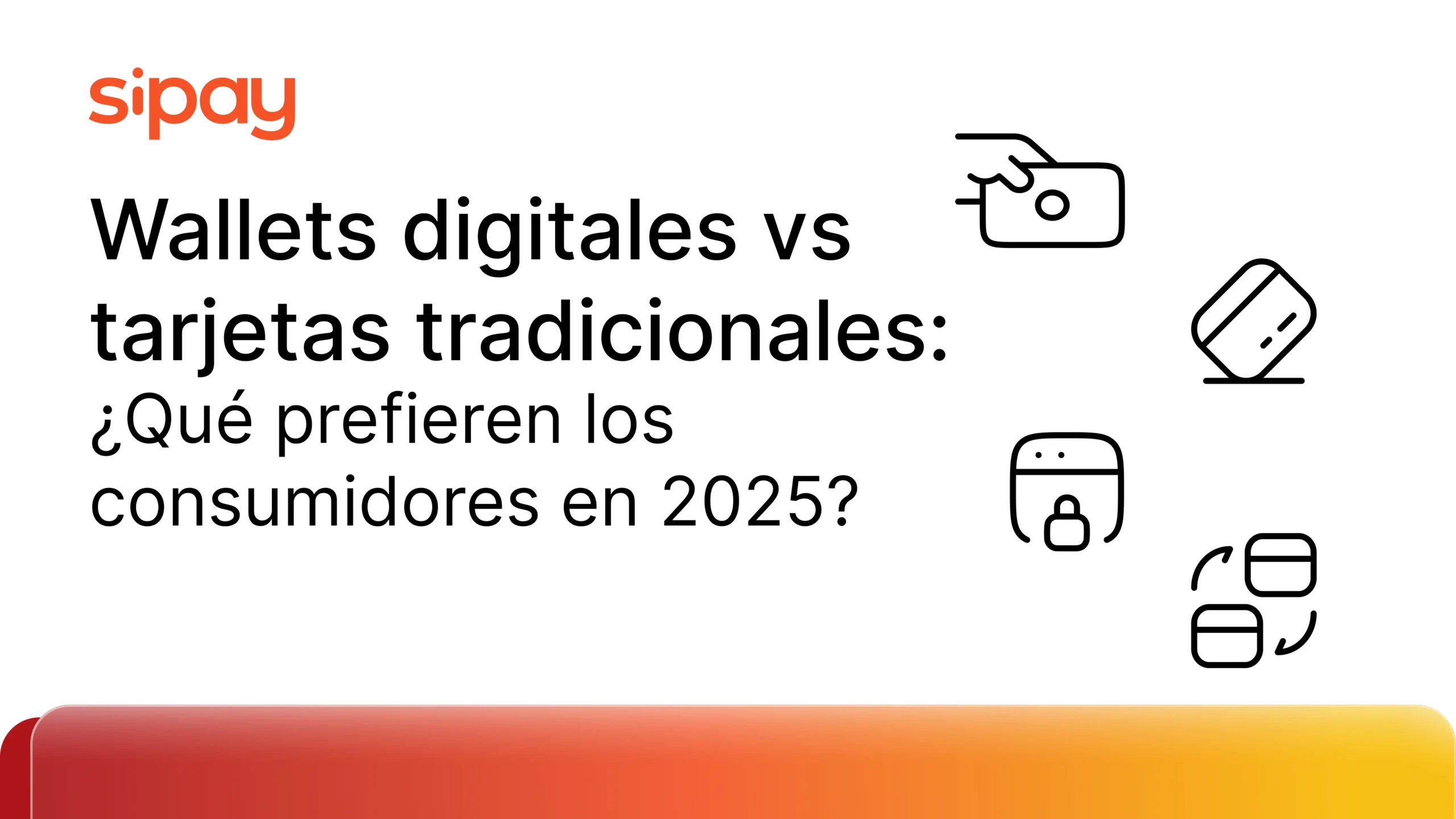During the summer months, the increase in bookings by tourists increases considerably. This, coupled with the lack of staff that we have been seeing in recent months, can cause hoteliers to be overwhelmed by the workload. Technology is a tool that helps automate processes to improve management and provide good customer service throughout the entire experience.
Given the great variety of options that exist in the market, many businesses ask themselves, how can I make my brand stand out in the eyes of customers? Undoubtedly, the answer lies in offering a good service, through which the customer feels cared for throughout the purchasing process.
Once the user has decided to make a reservation at the establishment, he can do so mainly through two channels: the so-called OTAs (Online Travel Agencies), or directly from the website of the hotel chain or establishment in question. In this sense, it is important to carry out a strategy of omnichannel experience and unified commerce, offering the best conditions and services, regardless of the channel through which the reservation or purchase of the good is made.
When it comes to making reservations, some of the issues most valued by users are the fact of having several booking options (cancellable, mixed, or non-refundable).
Normally, in the case of cancellable reservations up to a specific date and payment at the establishment, the user is asked for the card information, and although no charge is made to the card, the hotel or the OTA securely stores, through tokenization, this information so that if the reservation is cancelled after the established deadline or does not appear at the establishment, the corresponding charge can be made.
In the case of mixed reservations, where cancellation is not free of charge, payment is made partially, that is, a part at the time of booking (storing the card data for future charges if necessary) and the rest, once the guest has enjoyed his stay.
Finally, non-refundable reservations, which usually have a lower price, although payment can be made on arrival at the accommodation, the user must provide the card details at the time of booking so that the hotel has the guarantee of the collection of this, even if the guest does not attend the same, carrying out the well-known concept in the industry of «no show». This attitude is a problem for hotels if they do not have the appropriate technology to recover at least part of the amount of the corresponding reservation.
Once the user decides to make the reservation, the checkout process begins. At the time of payment, one of the biggest drawbacks that occur in ecommerce is the abandonment of the user. This can happen for several reasons, among which are that the payment process has not been simple and / or fast, that the payment method is not the user’s usual one, or even that the payment has been rejected or not processed correctly. But how can a payment platform like Sipay help you solve this problem?
At this stage of the process, personalization and a wide variety of options is essential. Offering users different payment methods to pay for their reservation allows them to choose the one they feel most comfortable and secure with. In addition, being able to send messages reminding the user that they have a pending reservation to finalize thanks to the «pay by link» payment solution are factors that increase the conversion rate.
Once the customer has made the reservation, the experience continues with their arrival at the hotel and enjoyment of their stay, which will end with the payment if it has not been made online. If the establishment has an integrated payment solution, it avoids cashier errors and errors in the manual allocation of the amount to be charged. The process, therefore, will be automatic and fast, and will avoid errors.
Finally, another of the main challenges for hotels today are «chargebacks», which refer to refunds requested by the bank on behalf of the cardholder indicating that the customer has not paid for the stay. This can happen when the operations or charges have not been authenticated, so having solutions adapted to PSD2 regulations that authenticate the user is essential to avoid these frauds that are so common in the tourism sector.
From Sipay, payment platform, we want to help you take advantage of the tourism boom and sell more, offering you the best omnichannel experience to meet the new trends and challenges of today’s shopping.



